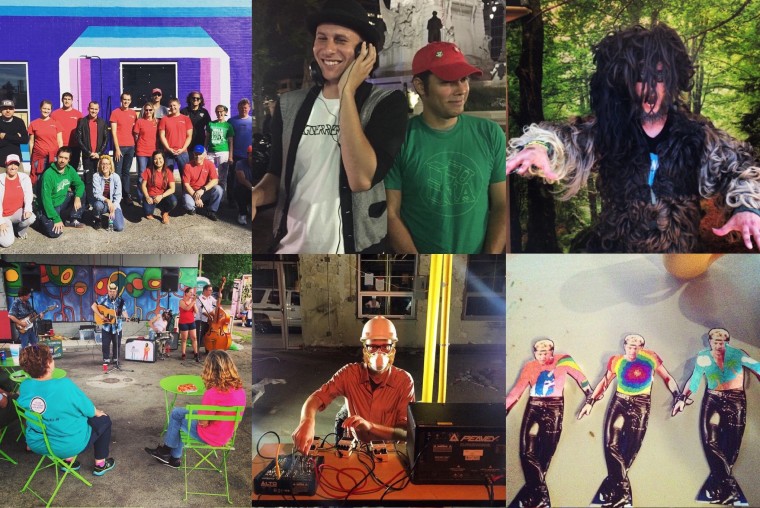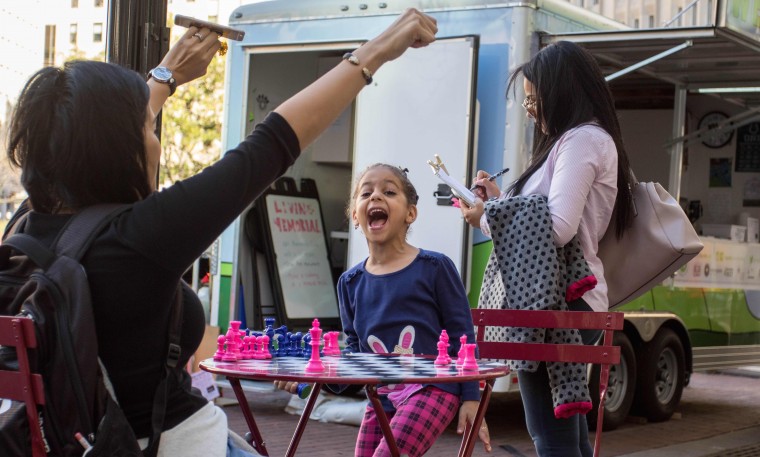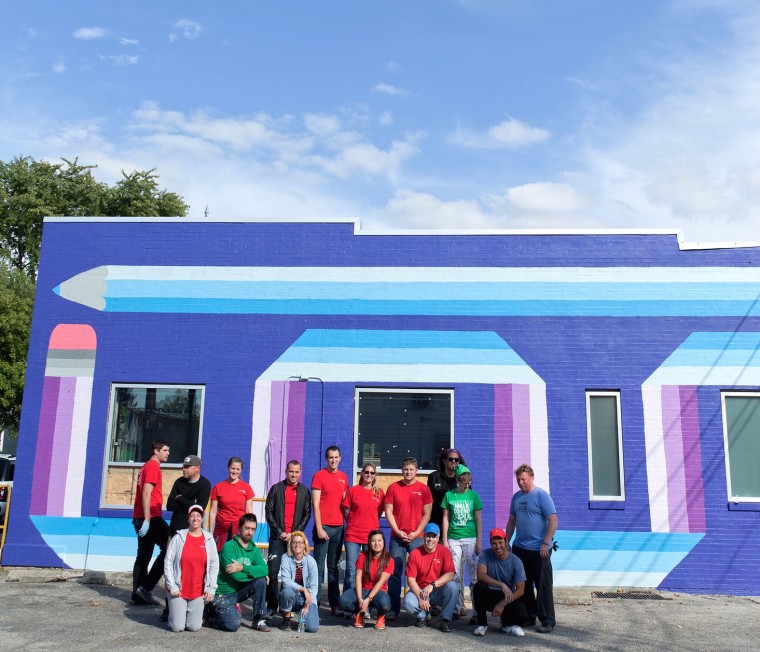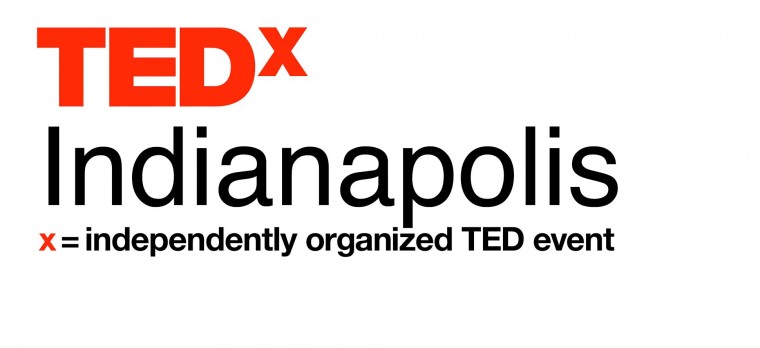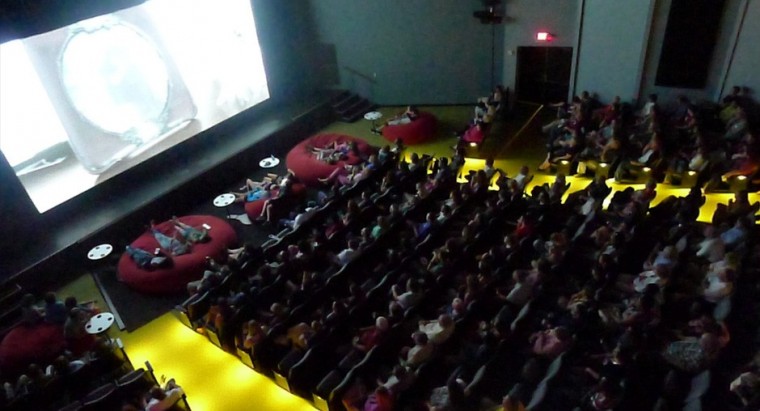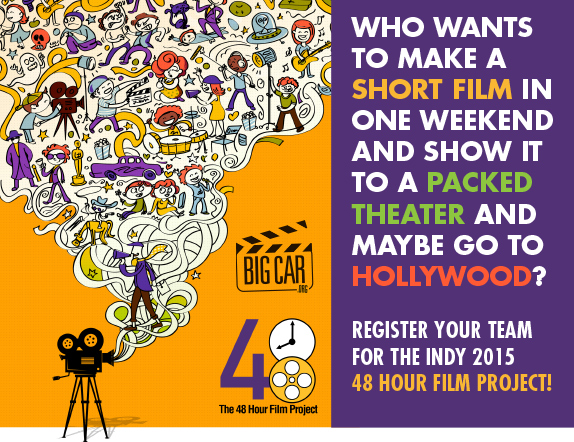Librería Donceles is an itinerant, Spanish-language second-hand bookstore, created by Pablo Helguera in 2013 out of a desire to address the lack of outlets that serve the growing Hispanic and Latino communities in the United States. Since it was first installed in New York City, has traveled to Phoenix, San Francisco, Brooklyn, Seatle, Chicago and now Indianapolis. Each time that it has been presented, it has constituted the sole Spanish-language used bookstore within that city. This is the same night as the opening night of the Scott Hocking exhibit at Tube Factory artspace.
Agosto 5-Octubre 22
Librería Donceles es una en librería itinerante de libros en español de segunda mano, creada por Pablo Helguera en 2013 por el deseo de hacer frente a la falta de salidas que sirven a las comunidades hispanas y latinas que crecen en los Estados Unidos. Desde que se instaló por primera vez en la ciudad de Nueva York, ha viajado a Phoenix, San Francisco, Brooklyn, Seatle, Chicago, y ahora Indianapolis. Cada vez que se ha presentado, ha constituido en ser la única librería de libros en español dentro de esa ciudad.
Part functioning bookstore and part participatory installation, it confronts the very tangible implications of particular social dynamics, revealing social structures that exist within plain sight, while powerfully advocating for equity through the physical presence of a bookstore. It asserts the materiality of books, at a time when digital platforms for reading have fundamentally shifted the economics of book production, distribution, and consumption.
Parte librería funcional y parte instalación participativa, enfrenta a las consecuencias muy tangibles de determinadas dinámicas sociales, revelando estructuras sociales que existen dentro de la vista, mientras que poderosamente la defensa de la equidad a través de la presencia física de una librería. Afirma la materialidad de los libros, en un momento en que las plataformas digitales para la lectura han cambiado fundamentalmente la economía de la producción de libros, distribución y consumo.
Comprising over 6,500 volumes on topics ranging from biology to architecture, the books in were all donated in exchange for artworks created by Helguera. Each book bears the name of its donor on a plate inside its front cover, pointing to the social history retained within that book. Each visitor to the bookstore is allowed to purchase one book, at a price that they set, substituting the terms of a market economy with those of a gift economy.
Consiste de 6.500 volúmenes sobre temas que van desde la biología a la arquitectura, los libros fueron donados a cambio de obras de arte creadas por Helguera. Cada libro lleva el nombre de su donante en una placa dentro de su portada, que apunta a la historia social retenido dentro de ese libro. Se permite que cada visitante a la librería para comprar un libro, a un precio puesto por el visitante, la sustitución de los términos de una economía de mercado con los de una economía del regalo.
The project takes its name from the historic street, Calle Donceles, in Mexico City that is lined with used bookstores.
El proyecto toma su nombre de la histórica calle, la calle de Donceles, en la Ciudad de México que está llena de tiendas de libros usados.
Pablo Helguera is a New York-based artist whose practice has addressed issues of memory, ethnography, pedagogy, and the absurd through installation, socially engaged art, sculpture, and performance. Helguera is the recipient of a Creative Capital Grant (2005), a Guggenheim Fellowship (2008), as well as the first International Award for Participatory Art (2011).
Pablo Helguera es un artista con sede en Nueva York, cuya práctica ha abordado cuestiones de la memoria, la etnografía, la pedagogía, y el absurdo a través de la instalación, el arte socialmente comprometido, la escultura y el rendimiento. Helguera es el destinatario de un Capital Creativo Grant (2005), una beca Guggenheim (2008), así como el primer Premio Internacional de Arte Participativo (2011).

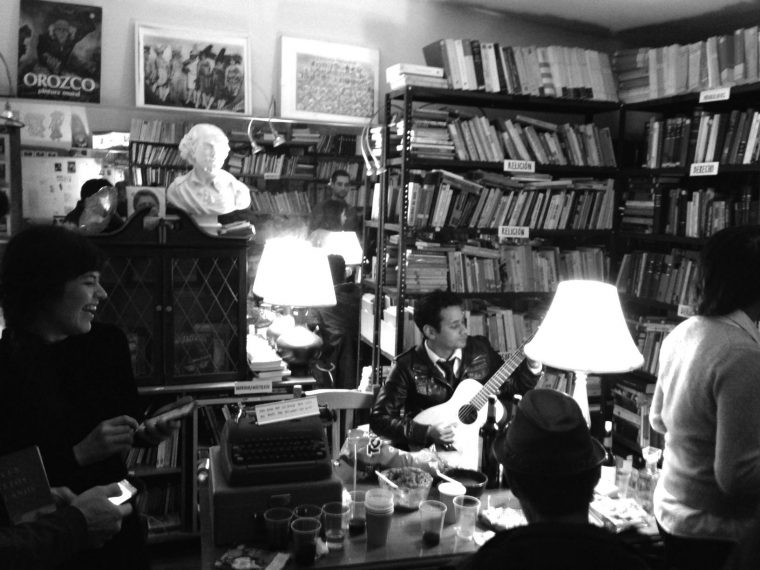
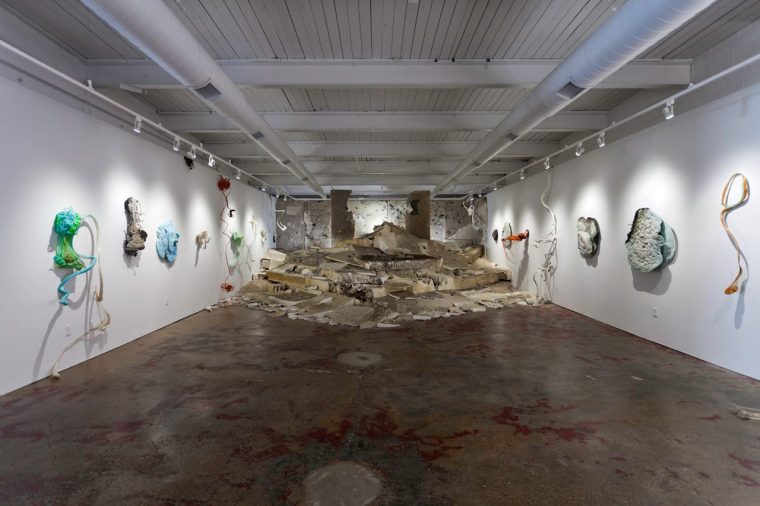
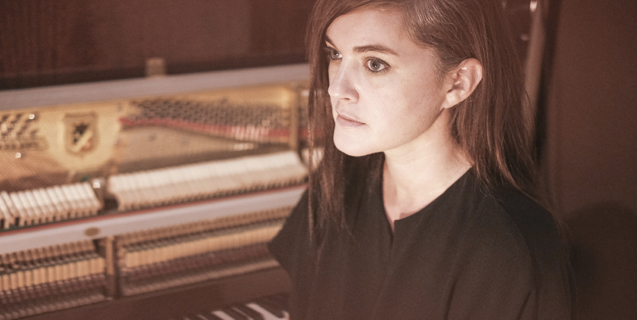 May 6th sees the release of Will, the revelatory third full-length album by Brooklyn experimental artist
May 6th sees the release of Will, the revelatory third full-length album by Brooklyn experimental artist